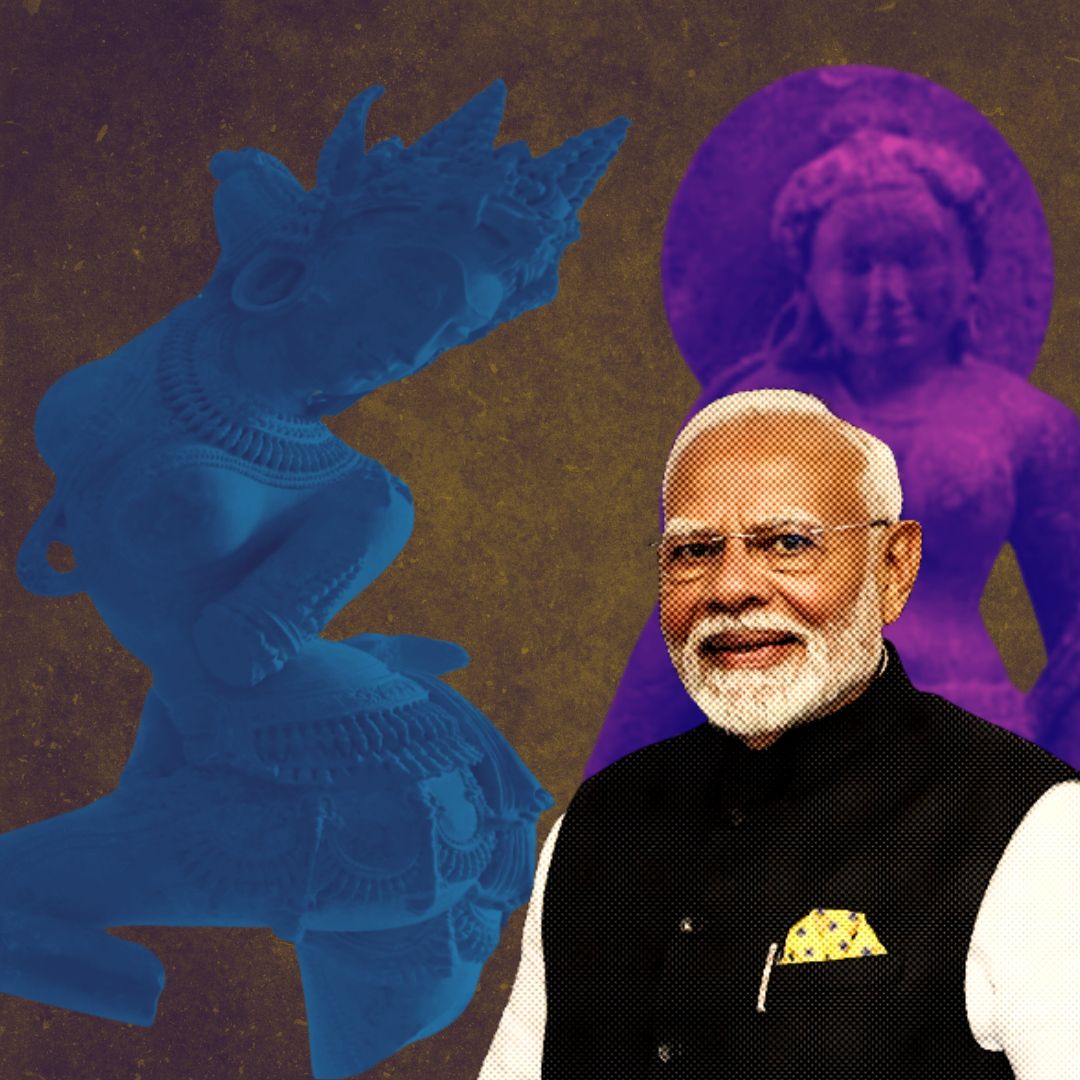The United States has announced the return of over 1,400 antiquities, valued at nearly $10 million, to India, marking a significant step in the fight against cultural trafficking. Among the repatriated treasures are a stunning sandstone sculpture from Madhya Pradesh and the revered Tanesar Mother Goddess figure from Rajasthan. This initiative reflects India’s commitment to preserving its cultural heritage under Prime Minister Narendra Modi’s leadership and highlights the importance of international cooperation in restoring stolen cultural treasures.
Significant Artefacts Returned
In a momentous ceremony, the US formally returned 1,440 antiquities that had been illicitly trafficked over the years. The collection includes remarkable pieces such as a sandstone sculpture depicting a celestial dancer, which was looted from Madhya Pradesh in the 1980s, and the Tanesar Mother Goddess, a beautifully carved figure taken from Rajasthan in the 1960s. This repatriation underscores ongoing efforts to combat cultural trafficking and restore India’s rich artistic legacy.

Context of Cultural Repatriation
This return of artefacts is part of a larger initiative aimed at addressing the issue of stolen cultural property globally. The US has been increasingly active in returning antiquities to various countries, with India being a significant beneficiary. The establishment of agreements to prevent illicit trafficking and facilitate the return of stolen artefacts demonstrates a growing recognition of the importance of cultural heritage. In recent years, numerous antiquities have been successfully repatriated to India, marking a positive trend in restoring the nation’s historical treasures.
Benefits for India
The repatriation of these artefacts presents multiple benefits for India. Firstly, it enhances national pride and cultural identity by reconnecting citizens with their historical heritage. Secondly, these artefacts can stimulate tourism, attracting visitors interested in India’s rich history and diverse culture. Furthermore, restoring these items fosters educational opportunities, allowing future generations to engage with their heritage and understand its significance. This initiative also strengthens India’s position in international cultural diplomacy, promoting collaboration with other nations in safeguarding cultural property.

The Logical Indian’s Perspective
The return of these antiquities represents not only a victory for India but also highlights the power of international collaboration in preserving cultural identity. As we celebrate this achievement, it is essential to consider how such initiatives can foster understanding and respect among nations. The Logical Indian believes in promoting dialogue and cooperation in safeguarding our shared heritage. How can we further support efforts to protect our cultural history and encourage meaningful exchanges between communities?












